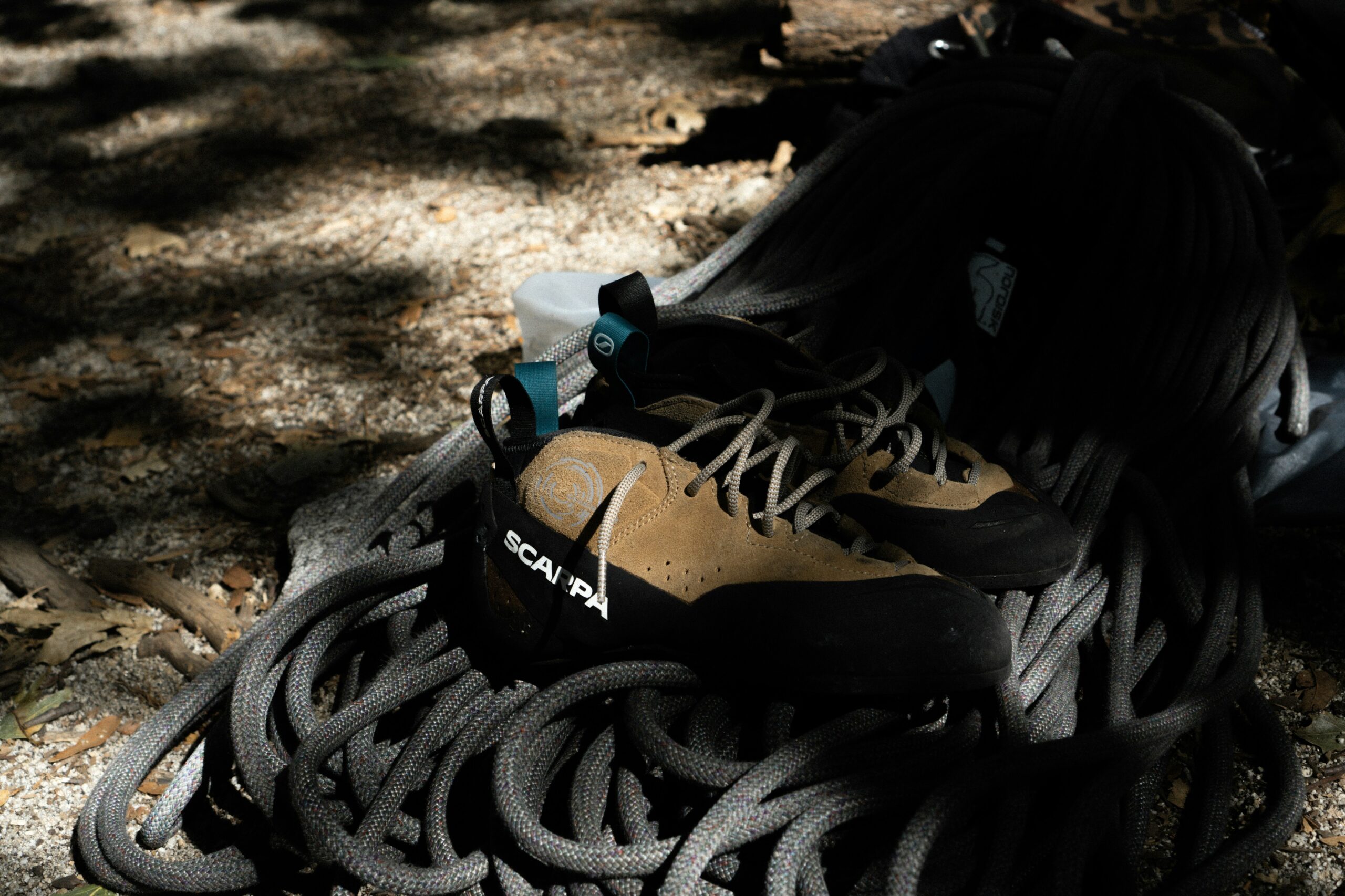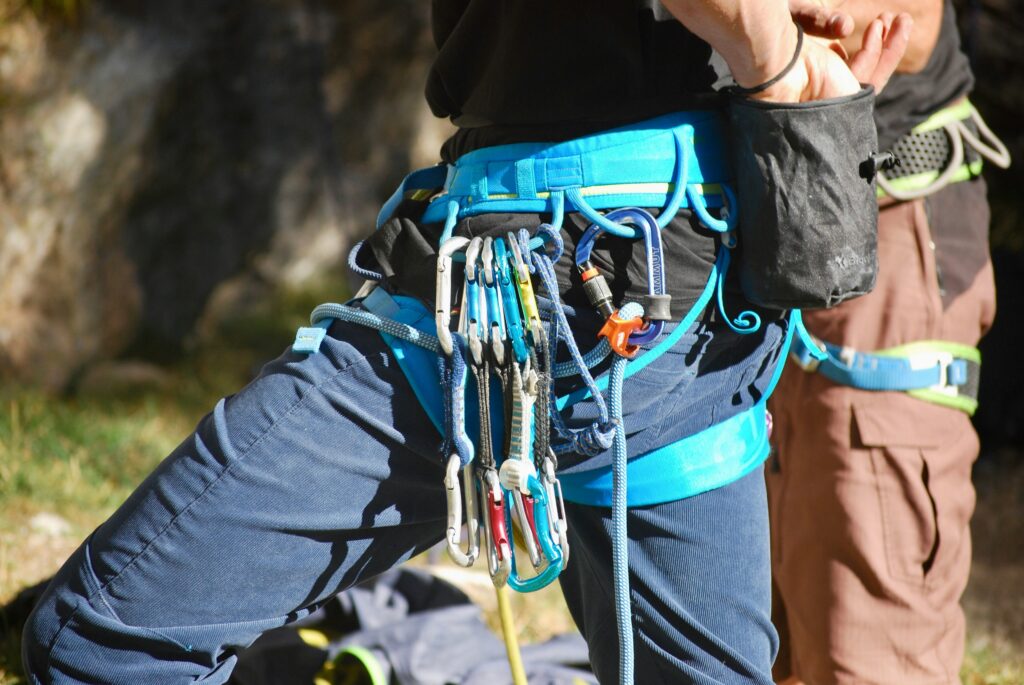“Ever had your fingers cramp mid-climb, fumbling with a belay device that just won’t let go? Yeah, us too.”
If you’re into climbing and rely on quick-release mechanisms in your climbing belay devices, you’re in the right place. These small but mighty tools can make or break your climbing experience—literally. Today, we’ll dive deep into why quick-release mechanisms are game-changers, how they work, and what to look for when choosing one. You’ll learn about their benefits, common mistakes to avoid, tips for optimal use, and real-world case studies of how climbers have leveled up their gear.
Table of Contents
- Key Takeaways
- Why Quick-Release Mechanisms Matter
- How to Choose the Right Device
- Best Practices for Optimal Use
- Real-Life Examples from Climbers
- Frequently Asked Questions (FAQs)
Key Takeaways
- Quick-release mechanisms provide safety and ease during rope management.
- Not all belay devices are created equal—look for features like ergonomic handles and corrosion resistance.
- Mistakes like over-tightening or ignoring maintenance can compromise functionality.
- Climbers swear by specific brands for durability and performance.
Why Quick-Release Mechanisms Matter
Let’s be honest: nobody climbs just for the thrill of untangling ropes afterward. A bad belay device is like trying to binge-watch Netflix with dial-up internet—it’s frustrating, time-consuming, and could ruin your day.
Quick-release mechanisms revolutionize how climbers interact with their equipment. These systems allow smooth transitions between locking and unlocking states without requiring superhuman finger strength. Imagine being stuck halfway up a craggy cliffside, hands numb from gripping holds, only to find yourself struggling to release the rope. Sounds stressful, right?

Here’s where quick-release mechanisms shine. They offer:
- Safety: Ensures reliable control over the rope.
- Ergonomics: Reduces fatigue during long climbs.
- Convenience: Speeds up processes like lowering partners or rappelling.
How to Choose the Right Device
Optimist You: “This’ll be easy—I’ll grab the first shiny thing I see.”
Grumpy You: “Yeah, until it breaks on your hardest climb ever.”
Picking the perfect belay device requires more thought than picking a granola bar at the gas station. Here’s a step-by-step guide:
Step 1: Identify Your Climbing Style
- Sport climbers might prefer lightweight models.
- Trad climbers need ruggedness for multi-pitch adventures.
Step 2: Check Material Quality
- Look for corrosion-resistant alloys if you often climb in humid climates.
- Avoid cheap plastics—they’re prone to snapping under pressure.
Step 3: Test Ergonomics
- Hold the handle—is it comfortable even after hours of use?
- Practice releasing the mechanism with gloves on.

Pro Tip: Always try before you buy. Don’t trust glossy reviews alone!
Best Practices for Optimal Use
Now that you’ve got your dream device, here’s how not to screw it up:
- Avoid Over-Tightening: Cranking the screw too hard damages threads and reduces lifespan.
- Regular Maintenance: Clean dirt and grit weekly; lubricate hinges monthly.
- Stay Alert: Never take shortcuts when attaching ropes.
Warning: One terrible tip floating around online suggests skipping inspections—don’t do this. Regular checks save lives.
Real-Life Examples from Climbers
Meet Sarah, a seasoned trad climber who swears by her Black Diamond ATC Pilot. “The quick-release lever has saved me countless times,” she says. “On my last trip to Yosemite, I managed an emergency descent within seconds.” Sounds like plot armor, but hey, good gear matters.

Frequently Asked Questions (FAQs)
Are quick-release mechanisms safe?
Yes! When used correctly, they enhance safety by ensuring smooth operation.
What happens if the mechanism jams?
Inspect and clean regularly. If issues persist, retire the device immediately.
Do beginners need quick-release mechanisms?
Absolutely! Even novices benefit from simplified usability.
Conclusion
Quick-release mechanisms aren’t just fancy add-ons—they’re essential tools that bridge convenience and safety. Remember:
- Choose wisely based on style, material, and ergonomics.
- Follow best practices to extend longevity.
- Keep learning through others’ experiences.
Final Haiku:
Rope sings, cliffs whisper,
Quick-click saves another climb—
Adventure awaits.


